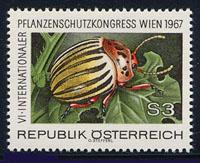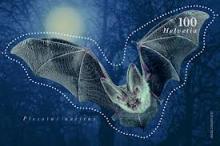Native sand lizards now only occur in significant numbers on the lowland heathlands of Dorset
Native populations of the sand lizard (Lacerta agilis) have been lost from the English counties of Berkshire, Cheshire, Cornwall, Devon, East Sussex, Hampshire, Kent, West Sussex and Wiltshire, and this species also became extinct in Wales. Sand lizards now only occur in significant numbers on the lowland heathlands (and one dune system) of Dorset, in southern England, which now support over 90% of the UK population. Small numbers of sand lizards also survive on heathlands in Surrey, about 100 km northeast of Dorset, plus the coastal dunes of Merseyside in northwest England. There were estimated to be around 6500 adult lizards surviving in the United Kingdom in 1997, with all but a few hundred animals occurring on Dorset heathland.










